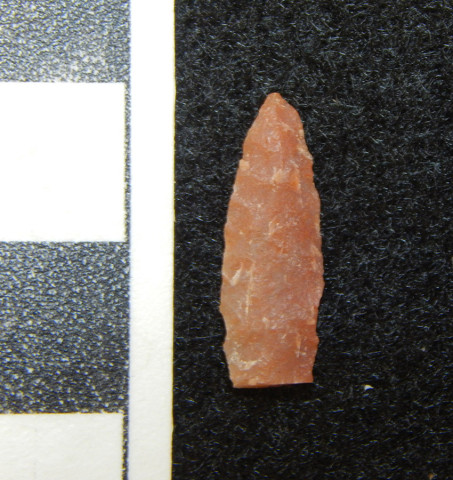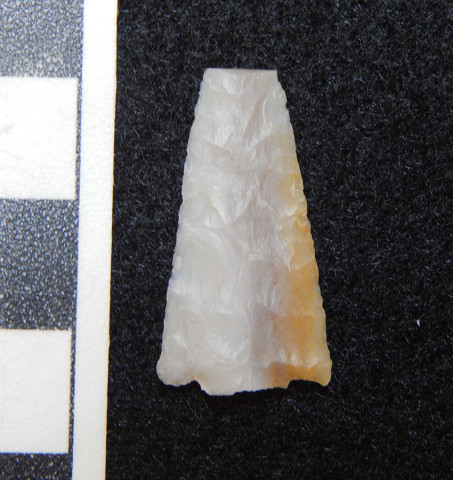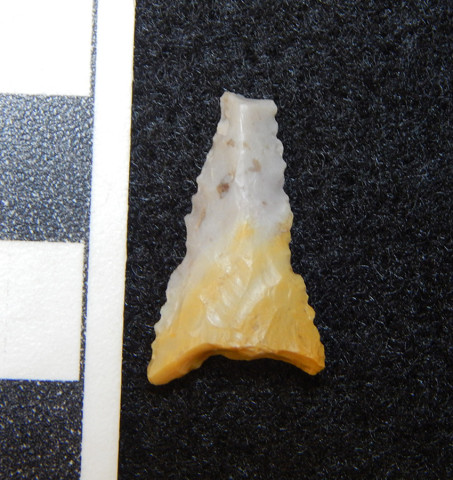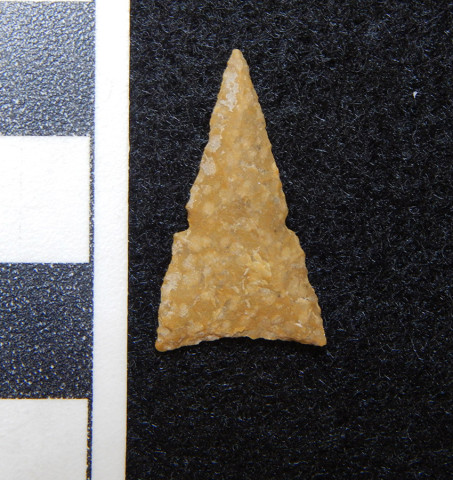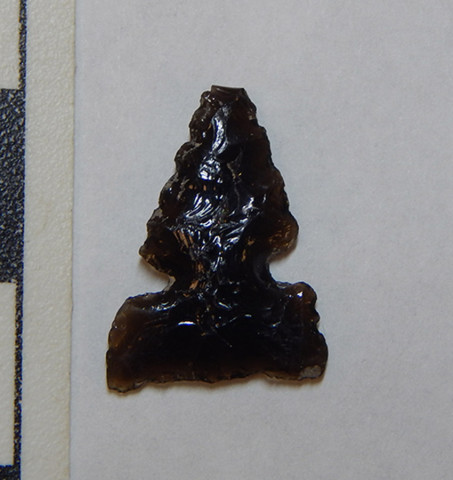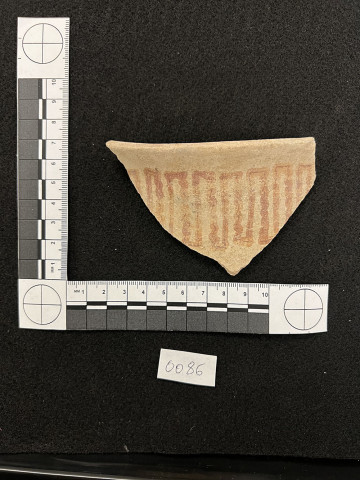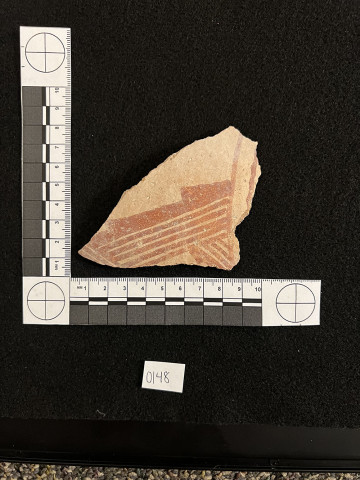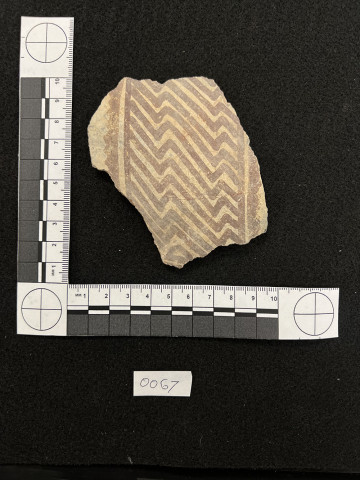Hohokam Projectile Point Analysis Project
With student William Dundas
This project seeks to compile the results of the analysis of all projectile points recovered during the three field seasons hosted by Mesa Community College at site AZ U:9:319(ASM) in the Mesa Cemetery. The primary focus of this analysis will be on the general typologies found within the site. This means the points will be specifically identified by general types of projectile points rather than a specific name. For example, rather than calling a point "Salado Side-Notched" it would be listed as the more general type "Middle Side-Notched." Identifying the typologies of these projectile points will allow for the identification of cultural/time periods in which the site was inhabited. A secondary goal of this project is to better understand lithic material availability and acquisition for this site. In the future it would be preferable to identify more specific typology, however, the general types still allow for a time period to be established. A future goal of this research project is to conduct a pXRF of obsidian projectile points and debitage from the site which will also allow for a better understanding of obsidian procurement.
Hohokam Red-on-Buff Decorated Ceramics Analysis Project
With students Gabby Pfleger, Zane McCracken and Ryan Burk
The Hohokam are well-known for their decorated red-on-buff pottery, which they produced for over 600 years. Throughout this time, red-on-buff pottery underwent a number of stylistic changes which are distinguishable by changes in iconography, design layout, and vessel shape. Such design choices provide valuable insight into the cultural beliefs and practices of the people who created them. Furthermore, since these stylistic types are associated with specific cultural phases/date ranges, it is possible (given a large enough sample size) to use the ceramic evidence from a site to help determine a date range for the site itself. Typically, these types of analyses are done using whole or nearly complete vessels, as design layout and placement plays an important role in diagnosing ceramics. However, it is our belief that sherds can also be used to provide a tentative date range, given enough diagnostic information and a large sample size, both of which are available in assemblage being analyzed.
For the purpose of this project, we will be completing an analysis of the decorated red-on-buff sherds collected during excavation of the Mesa Cemetery archaeological site, AZ U:9:319(ASM). This site consists of a large prehistoric trash mound located in an unused portion of the Mesa Cemetery, which was excavated over a period of 3 years by students of Mesa Community College. The goal of our research is twofold. First, we want to quantitatively describe which design elements are dominant at the site and determine which phases/date range of red-on-buff pottery they can be attributed to. Second, we hope to use the information gathered from our analysis to see if we can confirm the date range for the site using only broken and incomplete vessels.


